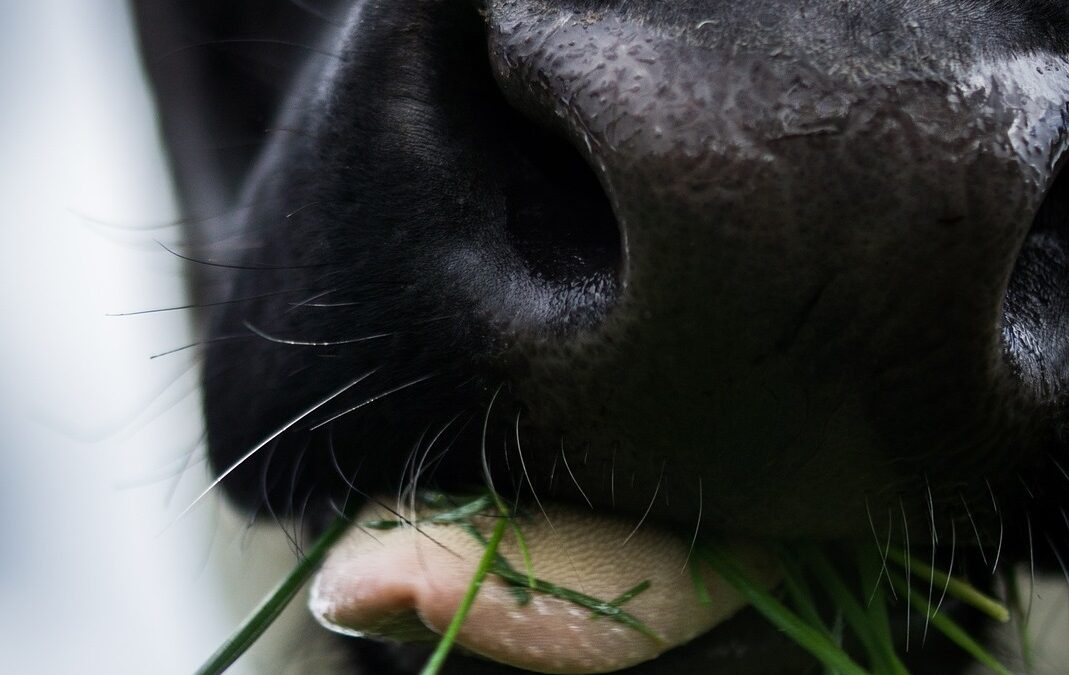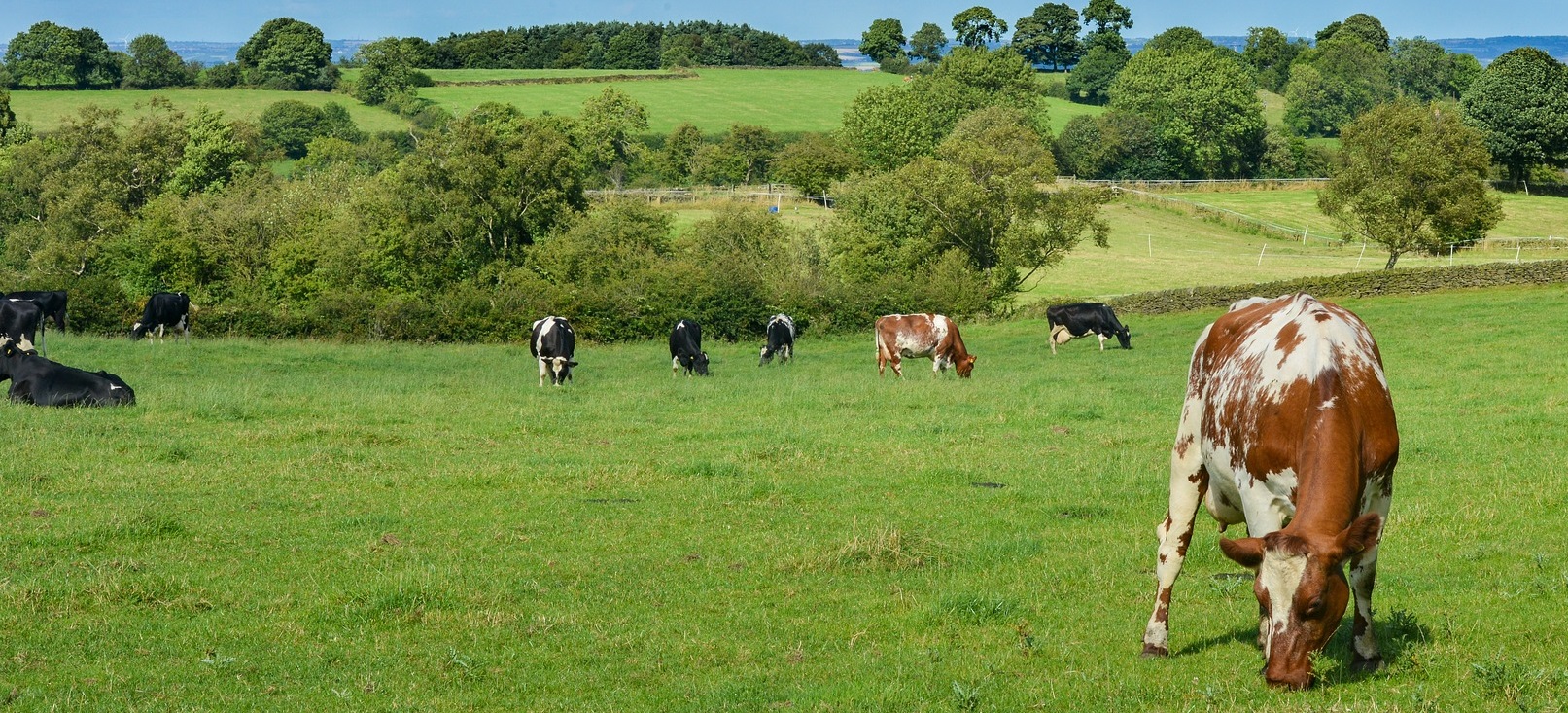9 steps for spring grazing success
Whichever processor you are supplying, it has never been more vital to protect butterfat and protein seasonal depressions, as this is a sure way to help offset dropping farmgate prices. Couple this with working to reduce emissions and in some cases remove soya products from your diets makes for an interesting time ahead. So, no pressure then?
Thanks to four years of trials Harpers is in a great place to help you and your cows through whatever processors throw at you. We have had extensive dialogue with the processors and are positioned for all circumstances.
We appreciate several of you will have bought fertiliser when prices were high so this may be uncomfortable reading! The average crude protein from our analysis of 2022 first cut silages was a little over 12%. Protein raw materials have never been so volatile so we must take this into our own hands to help negate cost.
Timely fertiliser application is key, combined with routine grass testing, especially pre-mowing. The Harpers team are fully geared up to analyse fresh grazing and cutting grass so please get in touch with your Feed Specialist to collect samples and prepare diets for you. Apply the full amount of fertiliser. Please do not scrimp even with the expensive stuff, it will still be the most economic choice.
Focus on clamp management to prevent losses – good consolidation, film, and plastic sheet to create an oxygen barrier. Use a sharp shear grab for face preservation. All these will maximise retention of the valuable protein harvested.
Sometimes you must go back to the basics when looking ahead. Let’s revisit some of the most cost-effective ones. It goes without saying that diet formulation is important but, attention to detail at these times of real stress will offer excellent rewards.
1 Make sure water is abundant and most importantly clean. The average cow will need up-to 140 litres of clean water a day. If necessary, use additional troughs or take mobile water tanks to far ends of grazing platforms as cows will not walk to water if it’s too hot. this on many units is the biggest limiting factor through the summer months.
2 Offer a small buffer pre- and post-milking, using a high dry matter forage such as hay, haylage or wholecrop to will help slow down the fizzy grass through the rumen. It’s also a good place to hide Magnesium Chloride for cold wet grazing conditions. This is preferred to putting it in the water as the cows do not drink as much as its bitter.
3 Pre-mow rich grass swards to improve dry matter intakes. Mow enough grass for 24 hours and use a strip wire to manage the amount of grass allocated. Allow 11-12kg DM per cow per day (55-60kg FW).
4 In exceptional heat consider grazing by night and allow access to housing in the day as the sheds will offer escape from the direct sunlight.
5 As appetite decreases in times of heat stress increase the energy density of the buffer feeds to help plug the energy gap and prevent excessive weight loss.
6 Offer Sodium Bicarbonate, not salt, in buckets around the milking shed, to promote saliva production to help buffer the rumen and increases water intakes.
7 Use water misters or sprinklers (old sprayer boom!) for the cows particularly in collecting yards where cows are packed in tightly.
8 Fans. For you and the cows! Moving hot air away from the cows is a must, use either large helicopter style fans or the large sock type extractor units.
9 Start fly protection before they get a stronghold. Cows tormented by flies become unsettled and unproductive. Start the routine early in the season and continue to apply at the recommended intervals through to housing. The SQP advisors at Harpers Farm Supplies can guide you through the choice of fly control, wormers etc. Use our faecal egg counting service for the complete service
For more information of grazing your herd this season, please speak to our Feed Specialists







